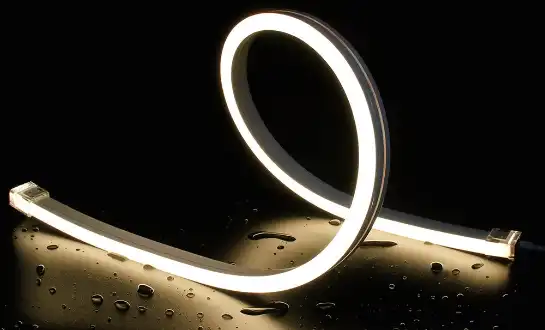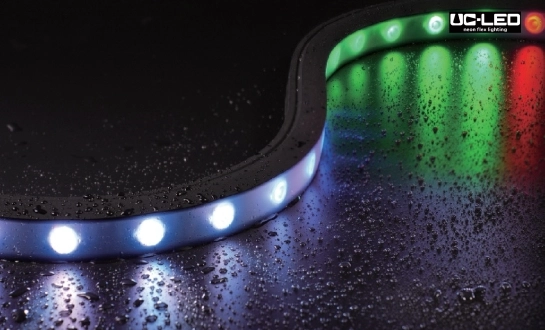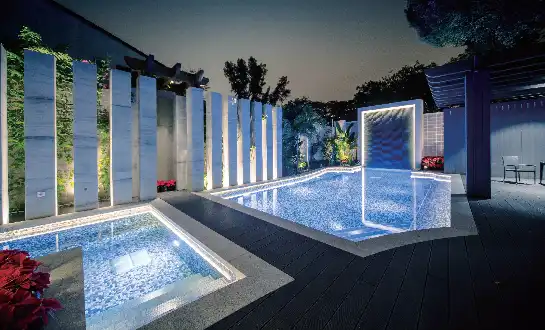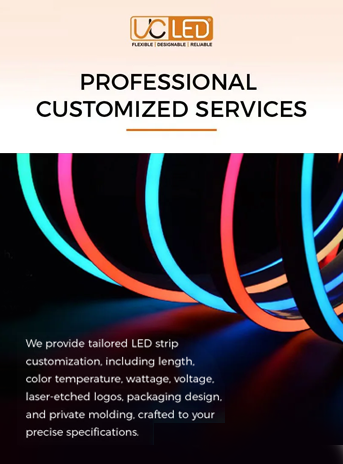What Are the Main Lighting Methods and Products Used in Architectural Facade Lighting?
Architectural illumination encompasses a variety of lighting methods and products to enhance the visual appeal and functionality of building facades. The main approaches include uplighting, downlighting, grazing, washing, and accent lighting. Popular products for these techniques range from LED wall washers and floodlights to linear fixtures and spotlights. Each method serves a unique purpose, whether it's highlighting architectural features, creating depth, or establishing a building's nocturnal identity. The choice of lighting technique and product depends on the building's design, desired effect, and environmental considerations.
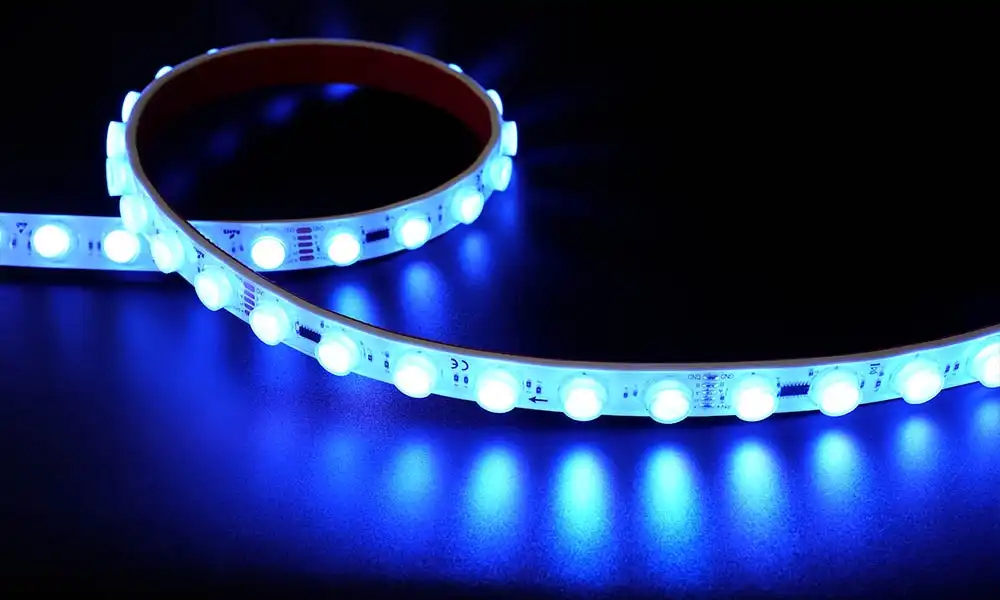
Grasping Architectural Facade Lighting Techniques
Uplighting: Creating Drama and Depth
Uplighting is a powerful technique in architectural illumination that involves positioning light fixtures at ground level to cast light upwards along a building's facade. This method creates striking shadows and highlights architectural features, adding depth and drama to the structure. Uplighting is particularly effective for emphasizing columns, textures, and vertical elements.
When implementing uplighting, it's crucial to consider the placement and angle of the fixtures. Properly positioned uplights can create a sense of grandeur and importance, making buildings appear taller and more imposing. However, care must be taken to avoid light pollution and glare, especially in urban environments.
Downlighting: Subtle Elegance from Above
Downlighting, the opposite of uplighting, involves mounting fixtures above the areas to be illuminated and directing light downwards. This technique provides a more subtle and natural look, mimicking the effect of moonlight. Downlighting is excellent for creating a soft, welcoming ambiance and highlighting ground-level features such as entrances, walkways, and landscaping elements.
In architectural facade lighting, downlighting can be used to accentuate overhangs, cornices, and other architectural details. It's also an effective way to provide functional lighting without detracting from the building's aesthetics during the day. When designing a downlighting scheme, it's important to consider the color temperature and beam spread to achieve the desired effect.
Grazing: Emphasizing Texture and Form
Grazing is a technique that involves positioning light fixtures close to a surface and aiming them at a sharp angle. This method is particularly effective for highlighting textured surfaces, such as stone, brick, or corrugated materials. The sharp angle of the light creates dramatic shadows that emphasize the depth and texture of the facade.
When employing grazing in architectural illumination, the distance between the light source and the wall is crucial. The closer the fixture is to the surface, the more pronounced the effect will be. Grazing can be applied vertically or horizontally, depending on the desired outcome and the architectural features being highlighted.
Innovative Products for Architectural Facade Lighting
LED Wall Washers: Versatile and Efficient
LED wall washers have become a staple in architectural facade lighting due to their versatility and energy efficiency. These fixtures are designed to distribute light evenly across a large surface area, creating a smooth, uniform illumination. Wall washers are ideal for highlighting large sections of a facade or creating a backdrop for more focused lighting elements.
Modern LED wall washers, such as those offered by QUAN HE Lighting, come in various forms, including linear and flexible options. The flexibility of products like the Silicone Flex LED Wall Washer allows for seamless installation on curved or uneven surfaces, making them suitable for a wide range of architectural styles. These fixtures often feature adjustable color temperatures and RGB options, providing designers with greater creative control.
Linear LED Fixtures: Clean Lines and Continuous Illumination
Linear LED fixtures have gained popularity in architectural illumination for their ability to create clean, uninterrupted lines of light. These fixtures can be used to outline architectural features, emphasize the geometry of a building, or provide subtle accent lighting. Linear LEDs are particularly effective in modern and minimalist architectural designs, where they can enhance the clean lines and sleek surfaces.
The versatility of linear LED fixtures extends to their mounting options. They can be recessed into the facade for a seamless look, surface-mounted for easy installation, or integrated into custom profiles to blend with the building's architecture. Many linear LED products offer IP67 waterproof ratings, making them suitable for long-term outdoor use in various weather conditions.
Spotlights and Floodlights: Precision and Power
Spotlights and floodlights play a crucial role in facade contour lighting, offering precision and power for targeted illumination. Spotlights are used to highlight specific architectural elements, sculptures, or signage, creating focal points on the facade. Floodlights, with their wider beam angles, are ideal for washing large areas with light or creating dramatic uplighting effects.
Advancements in LED technology have led to more compact and efficient spotlight and floodlight designs. Many modern fixtures offer adjustable beam angles and color temperatures, allowing for fine-tuning of the lighting effect. When selecting spotlights or floodlights for architectural illumination, factors such as lumen output, color rendering index (CRI), and glare control should be carefully considered to achieve the desired impact while minimizing light pollution.
Integrating Smart Technology in Architectural Facade Lighting
DMX and RGB Control Systems
The integration of DMX (Digital Multiplex) and RGB (Red, Green, Blue) control systems has revolutionized architectural facade lighting, allowing for dynamic and interactive illumination schemes. These systems enable precise control over color, intensity, and movement of light, transforming static buildings into dynamic canvases.
DMX512 control, as featured in some of QUAN HE Lighting's products, allows for individual addressing of light fixtures, enabling complex lighting sequences and effects. This level of control is particularly valuable for creating animated lighting displays or adjusting the facade's appearance for different events or seasons. RGB control systems expand the palette of available colors, allowing designers to create virtually any hue or color-changing effect.
Sensor-Based Adaptive Lighting
Adaptive lighting systems that respond to environmental conditions or user inputs are becoming increasingly prevalent in architectural illumination. These systems use sensors to detect factors such as ambient light levels, time of day, or even human presence, adjusting the lighting accordingly. This not only enhances the visual experience but also contributes to energy efficiency and sustainability goals.
For example, a facade lighting system might automatically dim or change color temperature as natural light fades, ensuring optimal visibility and ambiance throughout the night. Some advanced systems can even respond to weather conditions or integrate with building management systems for comprehensive control.
Energy Efficiency and Sustainability Considerations
As sustainability becomes a central concern in architecture and urban planning, energy-efficient lighting solutions are gaining prominence in facade illumination. LED technology, with its low power consumption and long lifespan, has become the go-to choice for environmentally conscious lighting designs. Many modern LED fixtures, including those from QUAN HE Lighting, boast impressive energy efficiency ratings and lifespans of up to 50,000 hours, significantly reducing both energy consumption and maintenance requirements.
Beyond the choice of light sources, intelligent control systems play a crucial role in optimizing energy use. Programmable timers, occupancy sensors, and daylight harvesting techniques can ensure that lighting is used only when and where it's needed. Additionally, the ability to dim lights or adjust color temperatures can further reduce energy consumption while maintaining the desired aesthetic effect.
Conclusion
Architectural facade lighting is a complex and evolving field that combines artistry with technology to transform buildings after dark. From traditional techniques like uplighting and grazing to innovative products such as flexible LED wall washers and smart control systems, the options for creating stunning architectural illumination are more diverse than ever. As technology continues to advance, we can expect even more exciting possibilities in the realm of facade lighting, further blurring the lines between architecture and light art.
For those interested in exploring cutting-edge lighting solutions for architectural projects, QUAN HE Lighting offers a range of innovative products designed to meet the demands of modern facade illumination. To learn more about their offerings or to discuss custom lighting solutions, please contact Linda@uc-led.com.
References
1. Smith, J. (2022). The Art of Architectural Illumination: Techniques and Technologies. Architectural Lighting Press.
2. Johnson, M. & Brown, L. (2021). Sustainable Facade Lighting: Balancing Aesthetics and Efficiency. Journal of Architectural Engineering, 15(3), 45-62.
3. Lee, S. (2023). Smart Lighting Systems in Modern Architecture. Building Technology Review, 28(2), 112-128.
4. Garcia, R. & Wilson, T. (2020). LED Technology in Architectural Facade Design. Lighting Research & Technology, 52(4), 489-503.
5. Thompson, E. (2022). The Impact of Dynamic Lighting on Urban Landscapes. Urban Planning and Architecture Quarterly, 37(1), 78-95.
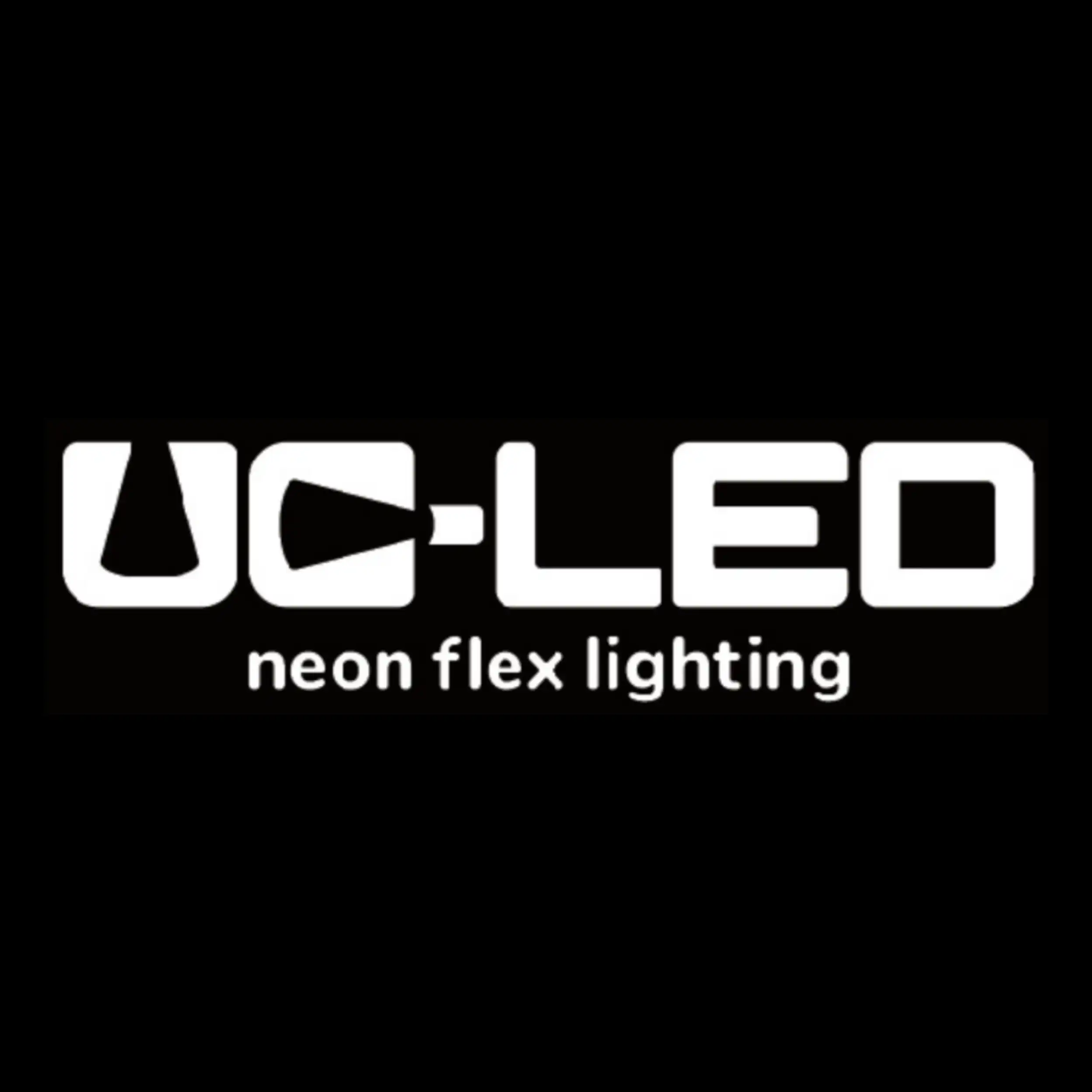
Looking for high-quality LED flexible strips? Click for a free quote in 24 hours!
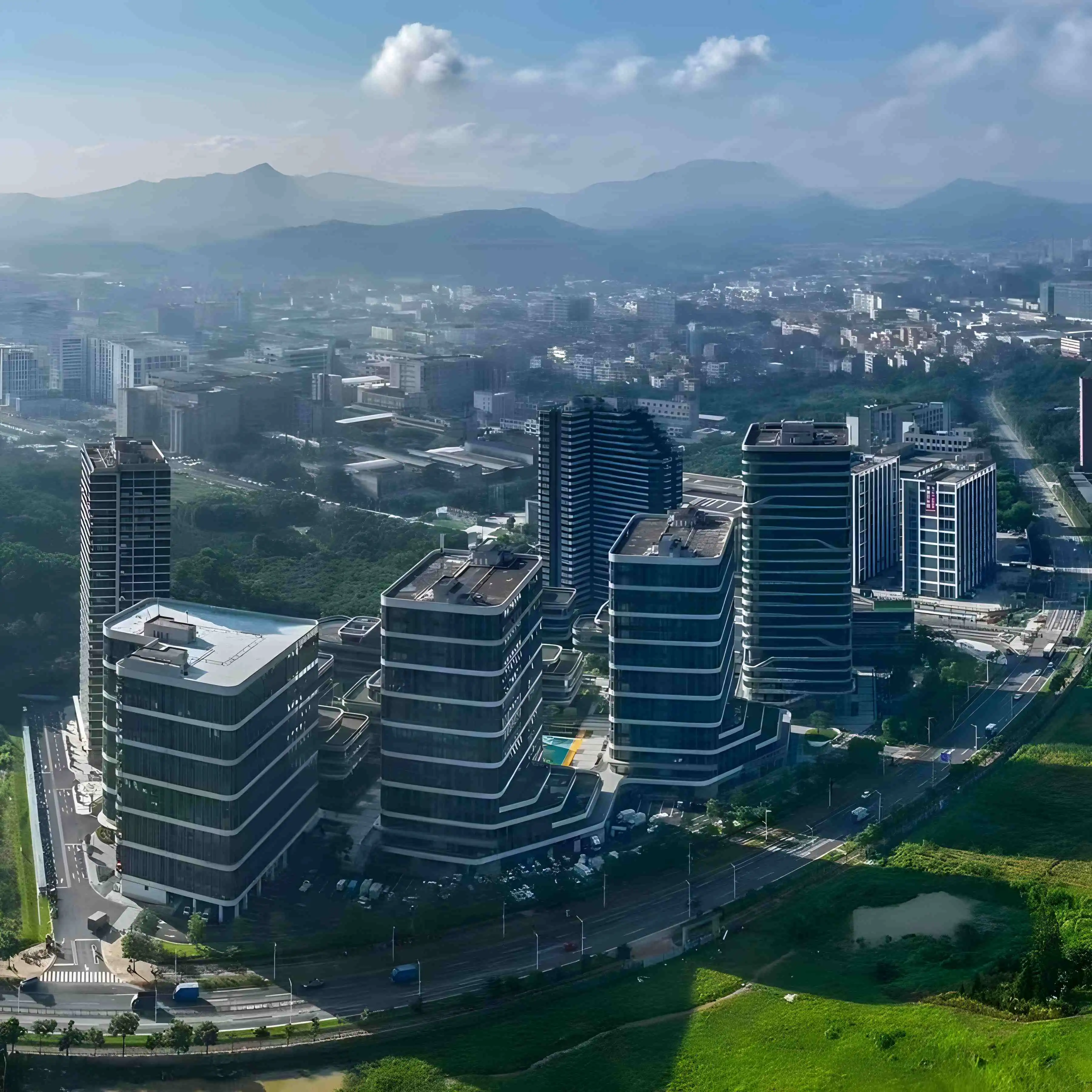
LED Neon Flex Strip Factory - Leading Professional Flexible LED Strip Manufacturer from China
